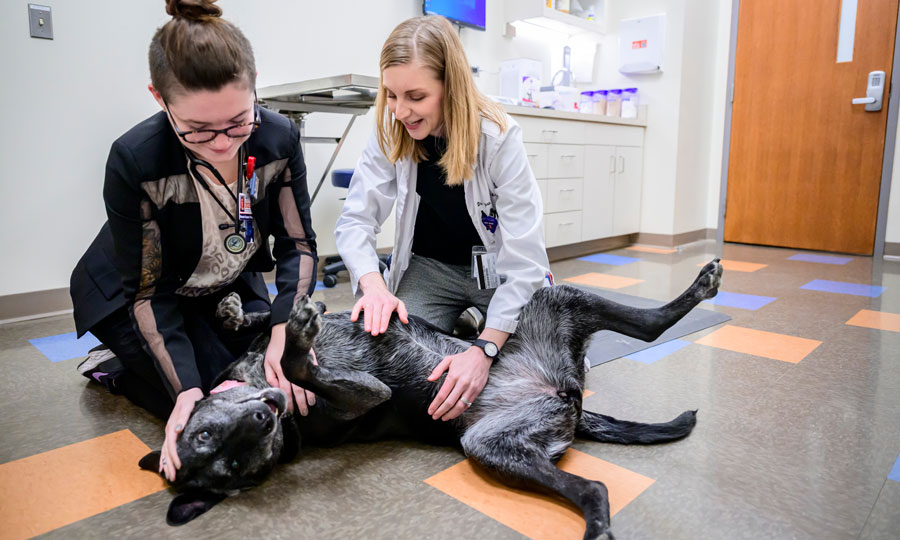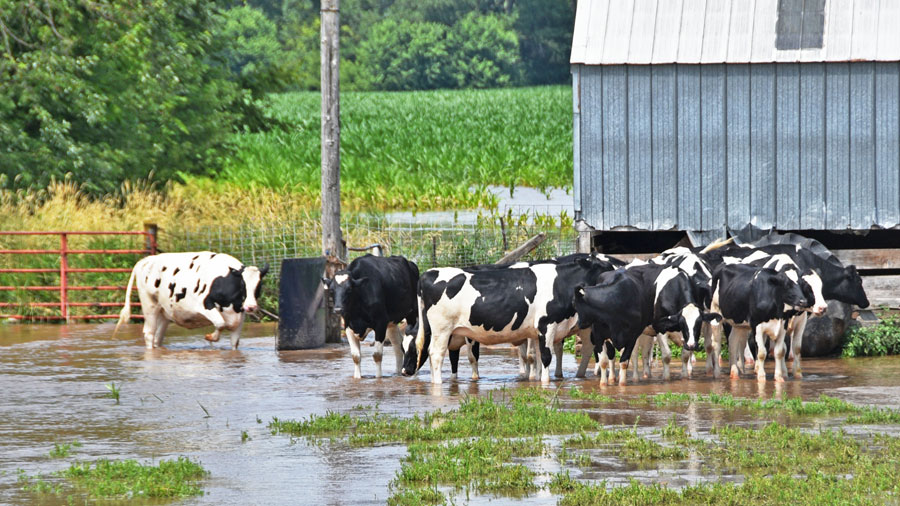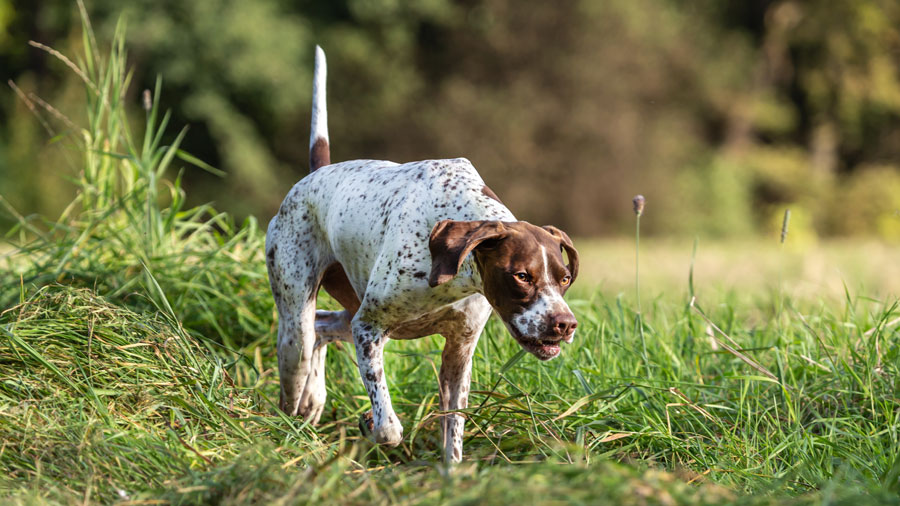You’ve worked hard to get your livestock bred and maintain a normal production cycle. It’s almost time for that amazing event: giving birth (or, in veterinary terminology, “parturition”).
It’s understandable to be a little nervous about birthing season. After all, a year’s worth of work is at risk.
The good news is that the process works as it was intended to about 90% to 95% of the time.
Remember the ’30 minute rule’: Cows should make significant progress towards delivery every 30 minutes. Sheep and goats should deliver within 30 minutes. Allow 30 minutes to correct a problem if the labor is not progressing normally. Call a veterinarian sooner rather than later if the problem cannot be corrected quickly!
Integrated Food Animal Management Systems at Illinois
For the 5% to 10% of animals that have problems, early intervention improves your chance of achieving a live birth and healthy dam.
This article will help you understand how the process is supposed to go and know when to intervene.
Three Stages of Labor
In all species, labor is divided into three stages. During stage 1 (pre-labor), the uterus is contracting and moving the fetus into position for delivery. The duration of this stage is highly variable, lasting from 2 to 12 hours. Signs are somewhat vague and may not be easily recognizable in every animal. Common signs include restlessness, mild colic, frequent urination or defecation, seeking isolation and decreased feed intake.
Stage 2 labor is the active expulsion of the fetus. This stage begins when the water breaks, that is, the chorioallantois (large outer sac that surrounds the fetus) ruptures. Powerful uterine and abdominal contractions force the amnionic sac (smaller sac immediately around the fetus) through the pelvis, followed by the fetus.
Stage 3 labor is expulsion of the placenta.
When to Intervene: Cattle
Stage 2 is the most critical part of the process and the time when intervention is potentially necessary.
The most important thing to know about stage 2 is the expected rate of progression. In cattle, where stage 2 lasts 40 to 90 minutes, you should see significant progress at least every 20 minutes. If the amnionic sac is visible, then feet should be visible 20 minutes later, a head 20 minutes after that, shoulders out 20 minutes later, and a calf delivered after another 20 minutes.
If progress is not evident after 30 minutes, intervention is warranted. Do not wait 90 minutes, i.e., the total time for delivery, before intervening. A long delay will decrease the chances of calf survival.
On the other hand, do not intervene unnecessarily. Give the cow a full 20 to 30 minutes to demonstrate progress. Use a watch, because time seems to move more slowly when watching a cow calve. Unnecessary intervention will increase the likelihood of trauma to the cow’s birth canal and uterine infection.
When to Intervene: Sheep and Goats
![[lamb]](https://vetmed.illinois.edu/wp-content/uploads/2021/04/lamb-crop2-300x180.jpg)
In sheep and goats, stage 2 labor progresses much more rapidly than in cattle. Typical time for delivery is 20 to 30 minutes for a singleton and 15 to 20 minutes per kid/lamb for twins. Because of the relatively short delivery time, there are not reference times for rate of progress. A good rule of thumb is to give the doe/ewe 15 minutes after she is observed in stage 2 labor. If birth, or at least significant progress, has not occurred, then intervention is warranted. Timely intervention will increase the chances of having live kids/lambs.
How to Intervene
If intervention is deemed necessary, make sure to do the following:
- Be clean – wash the vulva and your hands and arms;
- Use copious amounts of lube;
- Correct abnormal positioning before pulling;
- When applying chains or ropes, place two loops on each leg to avoid breaking a leg;
- Set a timer for 30 minutes: if significant progress has not been made in 30 minutes, seek veterinary assistance. Prolonged attempts at delivery will decrease the chances of survival for the fetus and the dam.
Normal Stage 3
In normal calvings, the placenta will be passed within about 6 hours. With difficult births, the placental expulsion will likely be delayed and could take up to a week to be expelled. If the cow is healthy, no intervention is necessary. If the cow has reduced appetite or becomes febrile, she should be examined by a veterinarian.
The placenta should be passed in 1 to 2 hours in sheep and goats. Retained placenta is much less common in small ruminants than cattle. As with cattle, there is no specific treatment to force expulsion if the placenta does not pass in the normal amount of time. If the animal becomes ill, seek veterinary advice.
In summary, remember the “30 minute rule.” Cows should make significant progress towards delivery every 30 minutes. Sheep and goats should deliver within 30 minutes. Allow 30 minutes to correct a problem if the labor is not progressing normally. Call a veterinarian sooner rather than later if the problem cannot be corrected quickly!
The veterinarians and staff at the University of Illinois Veterinary Teaching Hospital wish you a successful and uneventful calving, kidding and lambing season. If you think you need help, don’t hesitate to call us at 217-333-2000.
We are available 24 hours a day and can assist you at the farm or at our clinic which is located at 1008 W. Hazelwood Drive, Urbana IL 61802.

![[cow and calf]](https://vetmed.illinois.edu/wp-content/uploads/2021/04/calf-crop.jpg)


